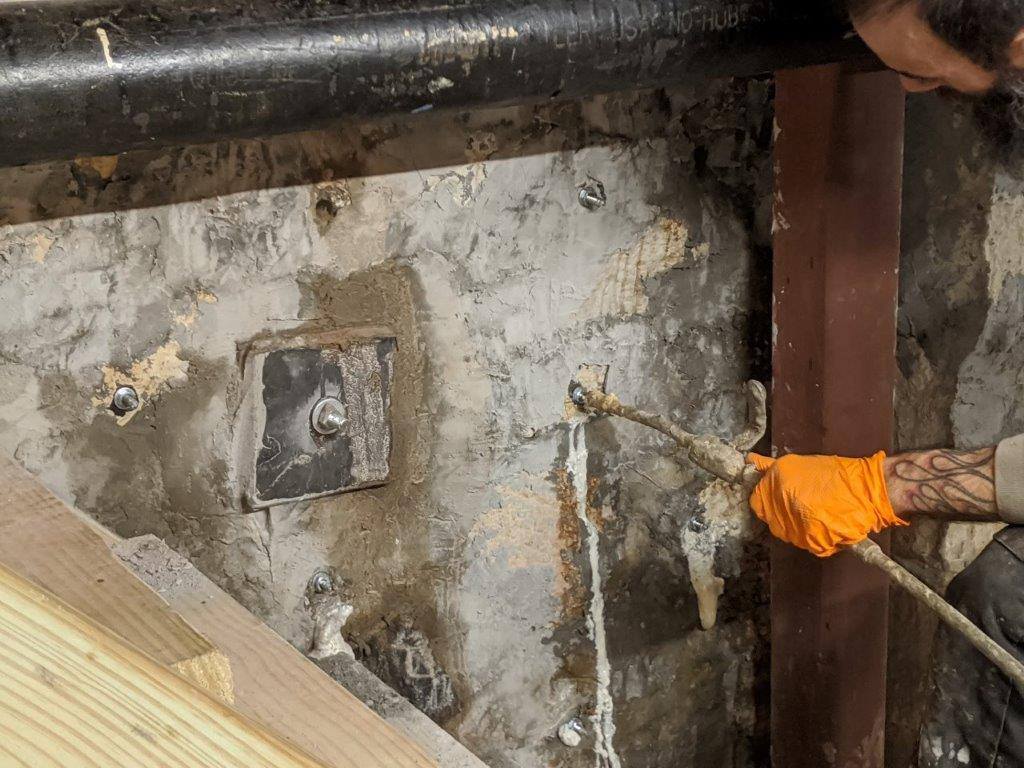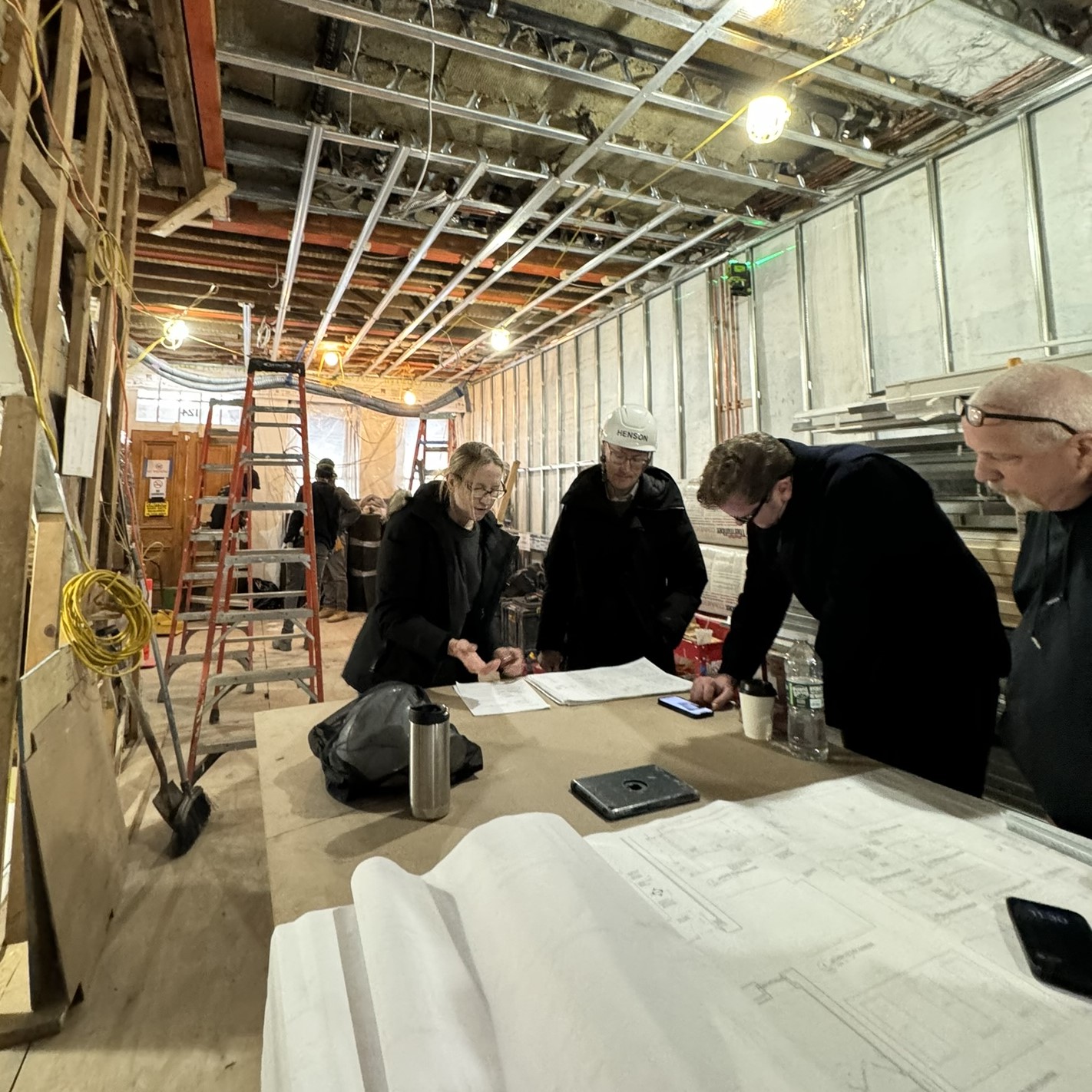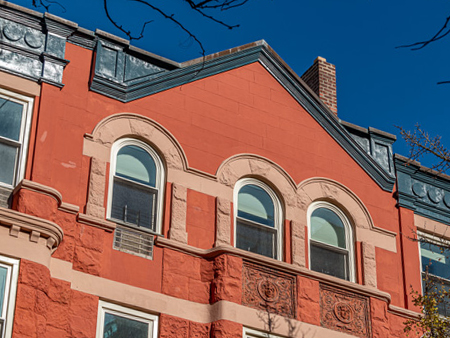When the construction of a new condominium had compromised the structural integrity and waterproof qualities of the neighboring 120-year-old foundation wall, Scott Henson Architect was contacted to assist and monitor the experts repairing it to stabilize and prevent further damage.
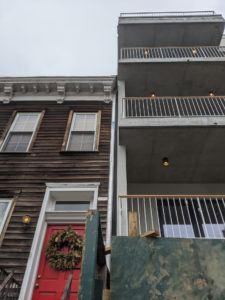 It was determined that, over time, cracks had developed throughout the foundation walls of the building, leading to water infiltration damage, mineral deposits, and staining. Contractors had previously installed a cast-in-place reinforced concrete mat, bolted to the historic rubble foundation wall, to provide structural reinforcement. Then, they utilized a urethane injection grouting waterproofing system to repair the cracks and improve the foundation’s waterproofing.
It was determined that, over time, cracks had developed throughout the foundation walls of the building, leading to water infiltration damage, mineral deposits, and staining. Contractors had previously installed a cast-in-place reinforced concrete mat, bolted to the historic rubble foundation wall, to provide structural reinforcement. Then, they utilized a urethane injection grouting waterproofing system to repair the cracks and improve the foundation’s waterproofing.
This system utilized urethane grout injected throughout the foundation of the building to enhance its waterproofing integrity. The process of installing urethane grout requires only the one-part grout, pumps for injection, and water to activate the urethane grout. The inexpensive nature, relatively simple installation, and the long-lasting results of urethane grout often make this method ideal for underground foundation repair, even in older buildings.
Before beginning the process of injecting the grout, the contractor prepared the foundation wall by drilling a number of 5/8” – 3/4” diameter holes in the affected foundation wall in a grid, about 1 ½ to 2 feet apart. Next, to expand or understand injection grouting for waterproofing and its procedures, ports were installed in approximately half of the holes to allow for grout injection. The holes with no ports permitted the team to observe the spread and expansion of the urethane grout and the spillage of extraneous water.
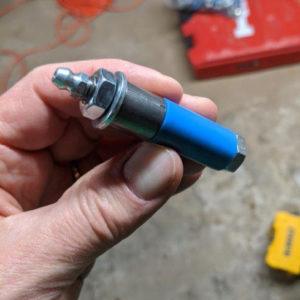
Using pumps, urethane grout was injected into each port at pressures ranging from 500 to 1,500 PSI. The contractor periodically added water to the foundation cavity to activate the urethane grout as it was being injected. They were extremely careful to apply the appropriate pressure to deliver grout throughout the cavity, but not too much, which could damage the rubble wall.
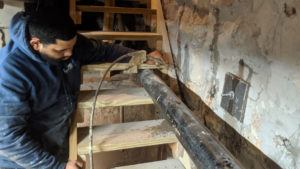
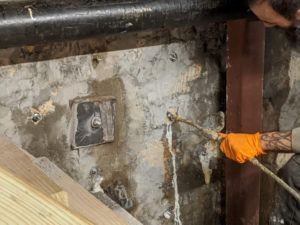
This method of urethane injection can be used for foundation wall repairs, or in this case, for the effectiveness and applications of injection grouting in waterproofing. Once activated and cured, urethane grout enhanced the foundation of the building, not only by sealing cracks and holes to prevent water infiltration, but also by adding strength to the building’s foundation. Even buildings over a century old can maintain structural integrity and withstand many more years of use as new construction rises around them.
Scott Henson Architect was proud to be a part of preserving and restoring this historic building for the community. If you have damage to an older or historic building, please contact us today for a consultation. We are proud to lend our expertise in both traditional and modern building preservation techniques, approaching each case with a creative emphasis on sustainability as well as an awareness of each building’s unique and storied past.

